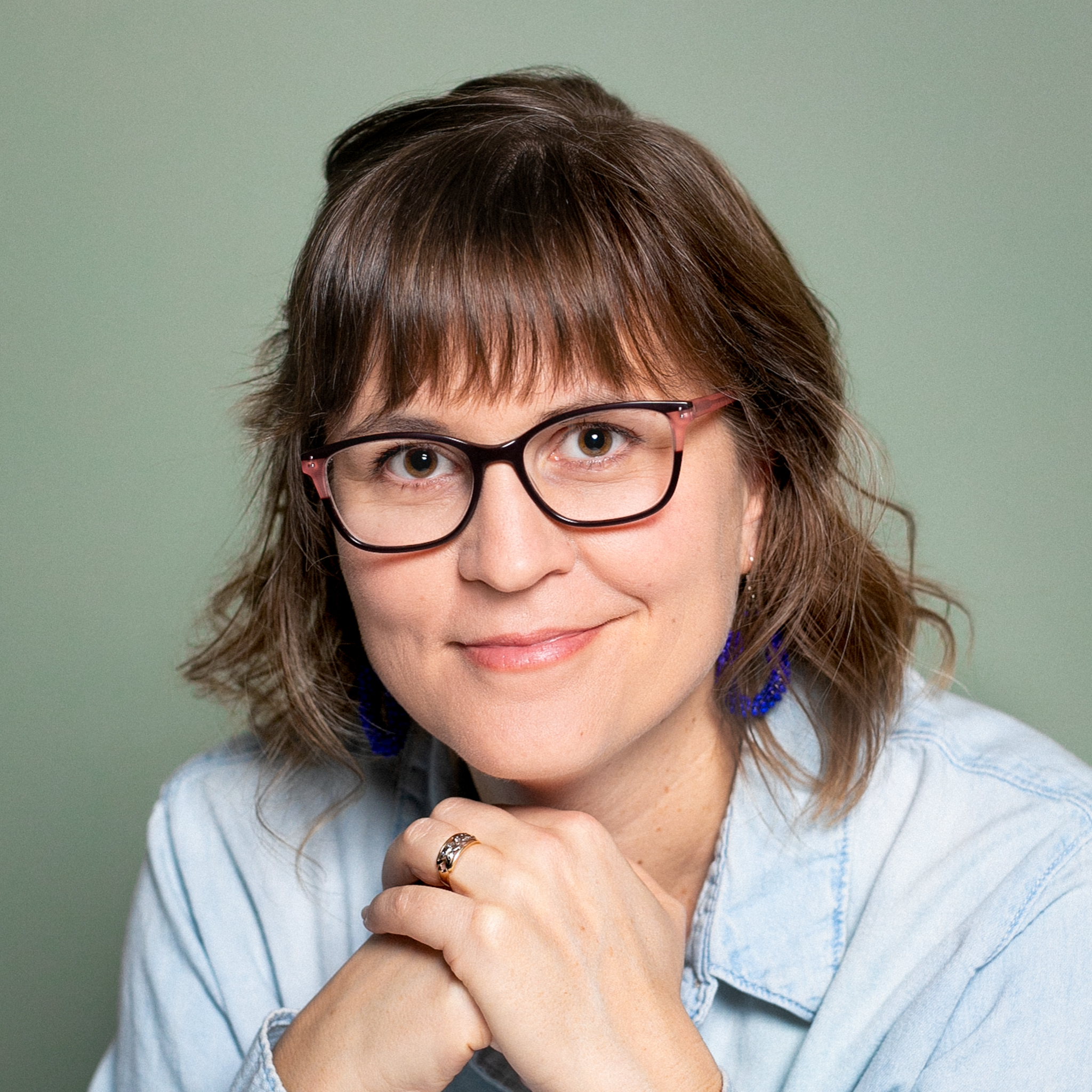From Teaching to Writing

TeachingBooks asks each author or illustrator to reflect on their journey from teaching to writing. Enjoy the following from Leslie Barnard Booth.
Making Space for Wonder
by Leslie Barnard Booth
It is difficult to pause and be present in the moment when life is brimming with chores, work, and caregiving. Nature can become an inert backdrop, a vague blur whipping past as we travel from one destination to another. Thankfully, children resist the dismissal of wondrous things. Children—my own and those I’ve taught and mentored—help me see the world through a more patient, curious lens. A lens that lets wonder in, no matter how busy life gets.
I remember when this lens came easily to me, when I was small, a child on a beach, my pockets full of rocks. I remember how profoundly sensory my experience of nature was at that time in my life—the smell of the sea, the cackle of gulls, the sting of salt in a forgotten papercut. I also recall having questions. Many questions. Why is the water salty? What makes the waves rise and fall? How did the sand get here? Who lived in these shells? What are the birds saying to each other?
When I write, I go back to the world of wonder—a world children are built to inhabit, a world they remind me still exists. In this state, I pause. I look closely. I let big questions unfold. And I don’t seek quick, easy answers. Because this isn’t a perfunctory recitation of facts. This is wonder, and it’s a joy to follow where it leads.
My first picture book, A Stone Is a Story, was inspired by a question posed by my daughter. She asked, “Where do rocks come from?” This question could be answered, quite accurately, like this: the materials that make up Earth’s rocks are recycled repeatedly through a process called the rock cycle. But the deeper answer—the answer that arises as I sit by a cliff banded with layers that accumulated over hundreds of millions of years—is something much more profound. The deeper answer is that rocks have seen everything. They have watched our world change—and they have changed too. Geology is more than just facts about rock types. It’s also a story about transformation, resilience, and the immensity of time. I came to this realization through traditional research—googling, reading, interviewing experts—but also by going outdoors and spending time with rocks, the way a child might.

Children have shown me that wonder isn’t restricted to pristine natural settings. It can happen every time a weed grows through a crack in the sidewalk—how did it do that? Every time an ant scurries past—where’s it going? Every time mold grows on bread—is it alive?
I still remember the teachers who made space for wonder in the classroom when I was a child. The ones who let us experiment and make choices, who encouraged our creativity and gave us time to pursue authentic questions. With so many pressures on classroom time, a completely responsive, inquiry-based, student-centered approach can be hard to implement. But bit by bit, piece by piece, we can build opportunities for inquiry, exploration, and even awe into the day. I believe it’s worth it. When their curiosity is engaged, students are passionate learners, motivated to challenge themselves in new ways. And by honoring children’s instincts for inquiry, we affirm wonder itself. We recognize it as its own reward, and we help children hold onto it.
Books and Resources

TeachingBooks personalizes connections to books and authors. Enjoy the following on Leslie Barnard Booth and the books she’s created.
Listen to Leslie Barnard Booth talking with TeachingBooks about the backstory for writing A Stone is a Story. You can click the player below or experience the recording on TeachingBooks, where you can read along as you listen, and also translate the text to another language.
- Hear Leslie Barnard Booth talk about her name
- Explore the Educator Guide for A Stone is a Story
- Discover Leslie Barnard Booth’s page and books on TeachingBooks
- Visit Leslie Barnard Booth on her website, Twitter, Instagram, Facebook, YouTube, Pinterest, and GoodReads.
Explore all of the For Teachers, By Teachers blog posts.
Special thanks to Leslie Barnard Booth and Simon & Schuster for their support of this post. All text and images are courtesy of Leslie Barnard Booth and Simon & Schuster, and may not be used without expressed written consent.



Leave a Reply